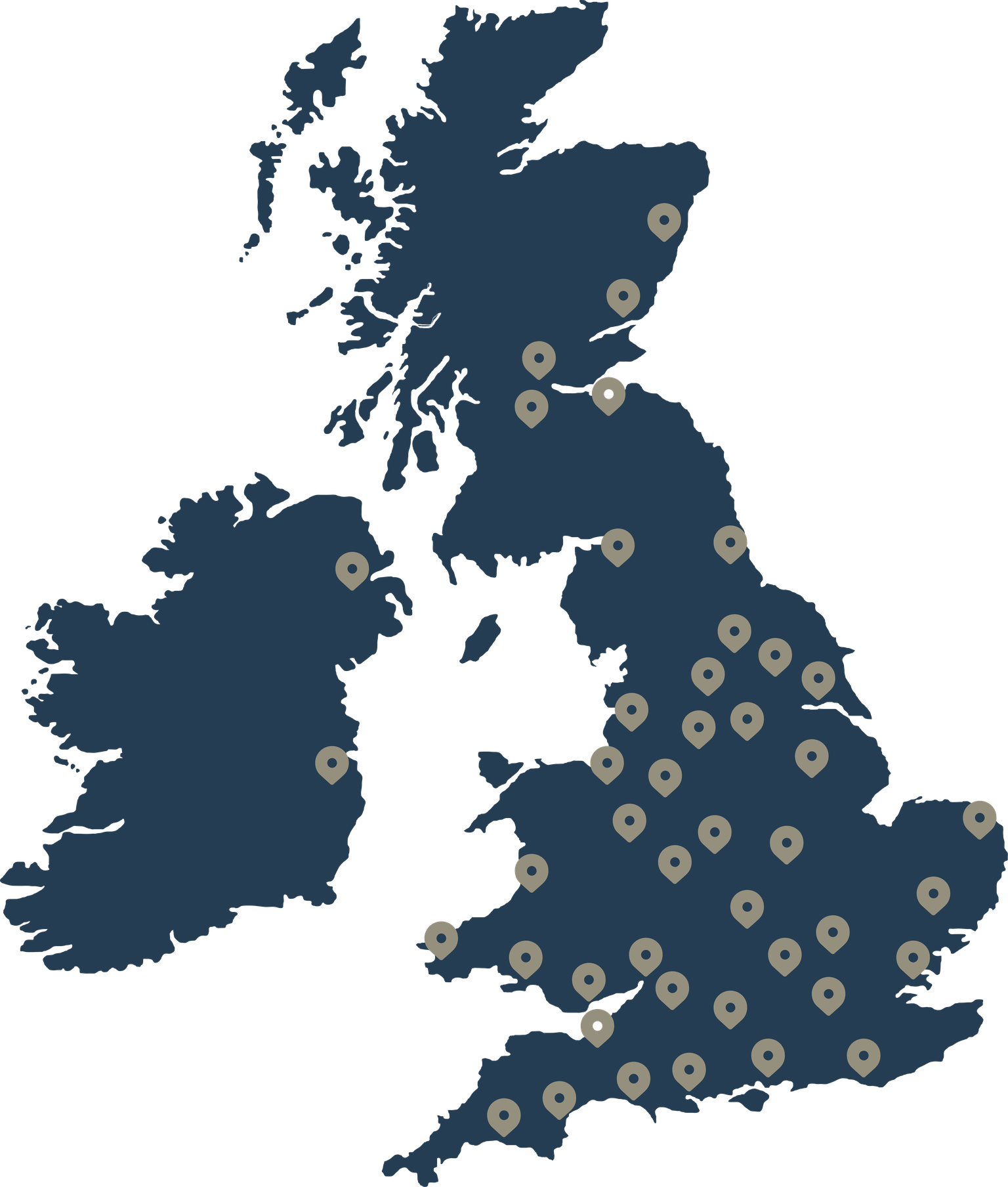A care giver is someone who provides support, assistance and care duties to another person because of their illness, frailty, disability or mental health condition. Caregivers can be family members, friends, or healthcare professionals, and many struggle to see themselves as being a carer.
It is a noble and demanding responsibility, and it’s likely that all of us will having caring responsibilities at some point in our lives and face the challenges associated with caring someone.

In this article, we explore the benefits that profiling beds offer to caregivers and how they can significantly improve the caregiving experience. From adjustable height and positioning to enhanced safety features, electric beds can be a significant aid for caregivers attending to their loved ones or patients.
We’ll delve into the practical advantages of electric beds, which not only elevate patient comfort and well-being, but also aim to alleviate the physical strain and simplify the tasks of caregivers.
The responsibilities of a caregiver
Caregivers often perform a variety of physical tasks to assist individuals with their daily activities and overall well-being. Some common physical tasks that caregivers may be responsible for include:
- Assisting with personal hygiene: This involves helping with bathing, grooming, oral care, and toileting.
- Mobility support: Caregivers may need to assist individuals with walking, transferring from one place to another (e.g., bed to chair), or using mobility aids like walkers or wheelchairs.
- Helping with mealtimes: Some carers are involved in the planning and preparing meals according to dietary needs and feeding individuals who have difficulty eating or drinking independently.
- Assisting with dressing: Caregivers may help induvial in getting dressed and undressed.
- Positioning and turning: Those being cared for with limited mobility or are bedridden, caregivers may need to assist with repositioning, turning, and using techniques to prevent pressure ulcers or discomfort.
- Helping with exercises or physiotherapy: Some carer givers are involved in assisting individuals with their exercising plan or physical therapy routines to maintain or improve mobility or recovery.
Majority of the tasks associated with being a carer can have a physical effect on the body. However, an electric bed can significantly assist carers in their role.

Majority of the tasks associated with being a carer can have a physical effect on the body. However, an electric bed can significantly assist carers in their role.
How electric beds help with the physical effects of being a carer
Electric beds are designed to assist with varying medical needs. They have specific features which enable enhanced user comfort, whilst also being beneficial to caregivers. If you care for someone and would like help finding a bed for them, contact our team who can help.

Here’s how an electric bed can help the challenges of being a carer:
Reduced physical strain
Electric beds have height adjustment which allows the whole bed to raise up and lower down. This allows carers to raise the bed up to waist level which makes it much easier to facilitate on-bed care.

Electric beds with height adjustment allow caregivers to easily find to a comfortable working height. This minimises the need for caregivers to bend, stoop, or strain their backs while attending to the care recipient, reducing the risk of musculoskeletal injuries and overall physical strain.
Improved transfer and mobility
Electric beds often have functions that enable smooth and controlled adjustments, making it easier for caregivers to assist individuals with transfers and mobility. Our range of electric profiling care beds have an elevating back and leg rest which allows carers to set the ideal position. This provides safer and more efficient transfers which reduces the physical effort required.

Range of positions
As we know electric beds can offer a range of different sitting and sleeping positions. This means caregivers can adjust the beds position to suit the individual needs of the person being cared for.

For example, raising the backrest of an electric bed helps with activities such as feeding, administering medication or providing personal care. Meanwhile, some electric beds like the Signature low footboard make it easier to facilitate lower body care. Electric beds can improve accessibility, reduce physical discomfort and enhance the caregiving experience.
Enhanced safety features
Electric beds often come with built-in safety features like side rails, which can be easily adjusted. These provide additional support and help prevent falls, especially for individuals who are prone to rolling out of bed or have limited mobility. Such safety measures offer peace of mind to carers and help ensure the well-being of the care recipient.

Some electric beds have an ultra-low height range which allows them to lower to almost ground level. Our Solo profiling beds lower down to 11cm, which makes them suitable for users who require added safety measures and at risk of bed falls.
Certain types of electric beds can have their features locked via the handset. This prevents injury or harm to the user if they misuse any of the features.
All features of any Opera profiling bed can be disabled by the locking feature on the handset. This gives peace of mind for the carer and added safety to users if required.
Support during care tasks
As mentioned earlier, electric beds have height adjustment which can also help support care tasks that require additional equipment. For example, when transferring to a standing aid or walker, electric beds can be set to the perfect height which makes it easier.

Moreover, an electric bed can be highly beneficial for carers when using hoists and slings for transferring individuals. Caregivers can set the bed to a suitable height, aligning with the height of the hoist or sling. This ensures that the transfer process is smooth and minimizes the need for them to strain or bend excessively.
Electric beds often come with braked castors which give stability and support, especially during the transfer process. The bed can be securely locked in place, providing a sturdy base for attaching the hoist and maintaining the individual's stability while being lifted or moved.
Learn more about our profiling beds with a needs-based consultation call with a dedicate advisor.
Summary
An electric bed can have a significant impact on caregivers by reducing physical strain, enhancing safety, and improving efficiency in caregiving tasks. The adjustable features of an electric bed, such as height and positioning, reduces the need for carers to strain their backs and bodies, reducing the risk of injuries.
The bed's adaptability also facilitates smoother transfers and mobility assistance, making caregiving tasks more manageable. Additionally, safety features like side rails provide added security for care recipients. By streamlining and simplifying caregiving tasks, electric beds can alleviate physical burdens and improve the overall well-being of caregivers.
How Opera can support caregivers
As leaders in adjustable beds, we have a wealth of experience supporting caregivers and their loved ones. Our team provide personalised solutions based on you/your loved one’s circumstances through a consultation call.
Our customers rate us as ‘Excellent’ and we’re proud to have helped thousands of people looking to make life easier. Learn more about what our customers are saying and ways to get started.








